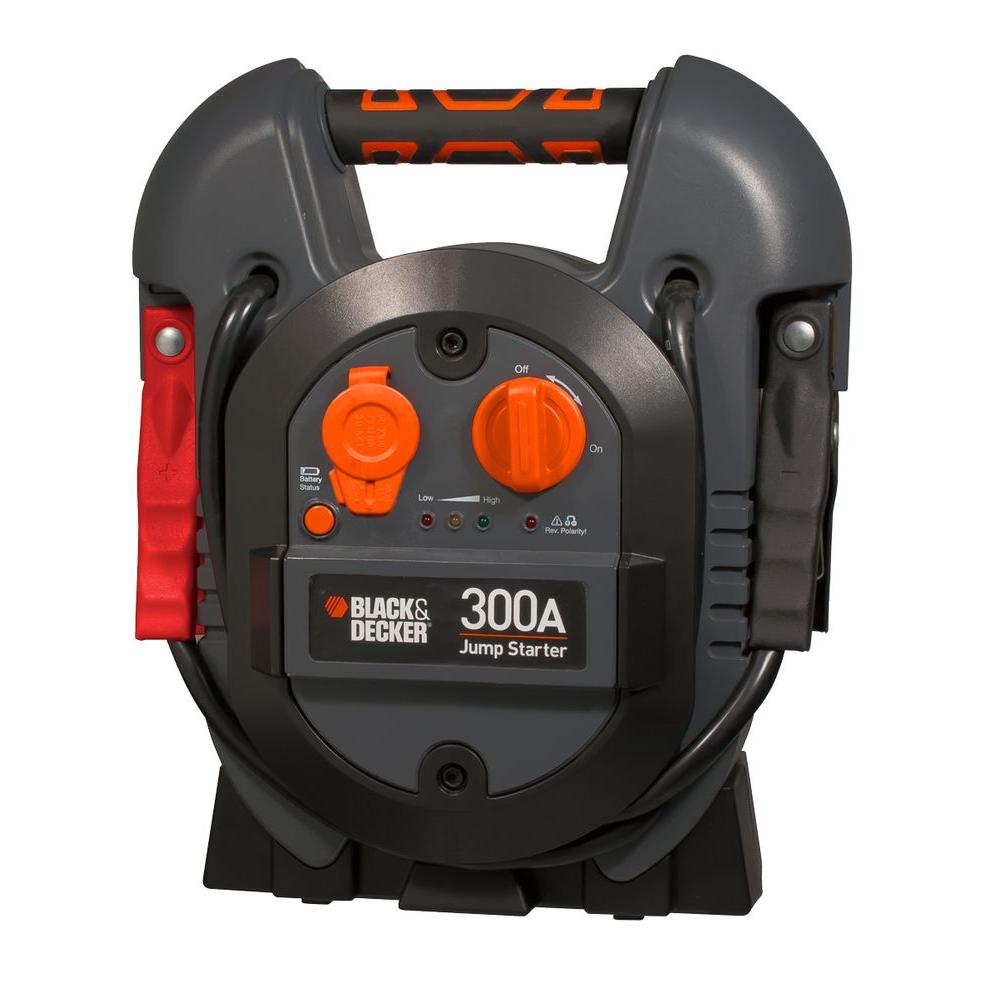While there is a nearly infinite range of power tools available, they all fall in a couple of categories, based on how they're powered.
Air Tools
(Pneumatic)
Driven by compressed air, these tools are mechanically simple and durable. However, they require a separate compressor to supply the air, which can be a very pricey investment.
Corded Tools
Corded Tools
Corded electric power tools are usually the most cost-effecient option in power tools. As long as they have 120 volt power from a wall outlet, they'll run all day at full speed. Unfortunately, they require outlets at the point where work is being done, or extension cords run into the area.
Cordless Tools
Cordless Tools
Battery operated cordless tools are the most convenient option in power tools. New battery technology gives them almost as much power as corded tools, without the need to drag cords along as you work. They're the tool of choice for almost every task in the professional trades. Unfortunately, they're also the most expensive option, due to those mighty batteries.
Cordless tool selection presents more issues than air or corded tools. There is only a single option for power for each type, so you only have to pick the tool that meets your task needs. However, each brand of cordless tool uses its own battery design, and different voltages and battery chemistries also limit compatibility. If you plan ahead, all your tools can share one set of batteries; if not, you end up like me, with three different batteries to keep track of.
Battery Voltage
Cordless tool selection presents more issues than air or corded tools. There is only a single option for power for each type, so you only have to pick the tool that meets your task needs. However, each brand of cordless tool uses its own battery design, and different voltages and battery chemistries also limit compatibility. If you plan ahead, all your tools can share one set of batteries; if not, you end up like me, with three different batteries to keep track of.
Battery Voltage
12 volt tools are light and handy, but offer fewer tool options. 18 volts opens up your tool selection to almost the same as corded tools. Batteries larger than 18 volts are almost exclusively used for specialized tasks, and aren't worth the extra cost for homeowners and shadetree folks. Unless you have a specific reason, stick to 18 volt tools, simply for the options it provides.
Battery Chemistry
Battery Chemistry
Lithium Ion is the only thing to look at here. There are still some nickel-metal-hydride batteries floating around, but they're not worth buying. Lithium Ion holds a charge better, recharges faster, and supplies full power throughout its run time. It has become the industry standard, and doesn't look to change any time soon.
Recommendations
With those considerations in mind, the Ryobi ONE+ line is my favorite recommendation for homeowner use. The batteries work across the line of products, and it has one of the widest varieties of tools that I've ever seen. It is the brand I personally use for work around the house. (My work tool set is overkill for folks who aren't using them professionally.)
The first three power tools that I would specifically recommend are an impact driver, a drill, and a reciprocating saw (available separately, but far more economical as a kit). The saw isn't perfect for every cutting task, but it's good at any cutting task. The drill and driver may seem redundant, but I assure you that they are not: while a drill can drive screws if it must, it is actually an inferior tool for the task. It drives far slower than the impact gun, and has a far greater tendency to slip and strip screw heads. Use the impact driver for running screws, and the drill for drilling holes.
After those three, you can expand your tool collection as your needs dictate, just like with hand tools.
Lokidude
Recommendations
With those considerations in mind, the Ryobi ONE+ line is my favorite recommendation for homeowner use. The batteries work across the line of products, and it has one of the widest varieties of tools that I've ever seen. It is the brand I personally use for work around the house. (My work tool set is overkill for folks who aren't using them professionally.)
The first three power tools that I would specifically recommend are an impact driver, a drill, and a reciprocating saw (available separately, but far more economical as a kit). The saw isn't perfect for every cutting task, but it's good at any cutting task. The drill and driver may seem redundant, but I assure you that they are not: while a drill can drive screws if it must, it is actually an inferior tool for the task. It drives far slower than the impact gun, and has a far greater tendency to slip and strip screw heads. Use the impact driver for running screws, and the drill for drilling holes.
After those three, you can expand your tool collection as your needs dictate, just like with hand tools.
Lokidude




















